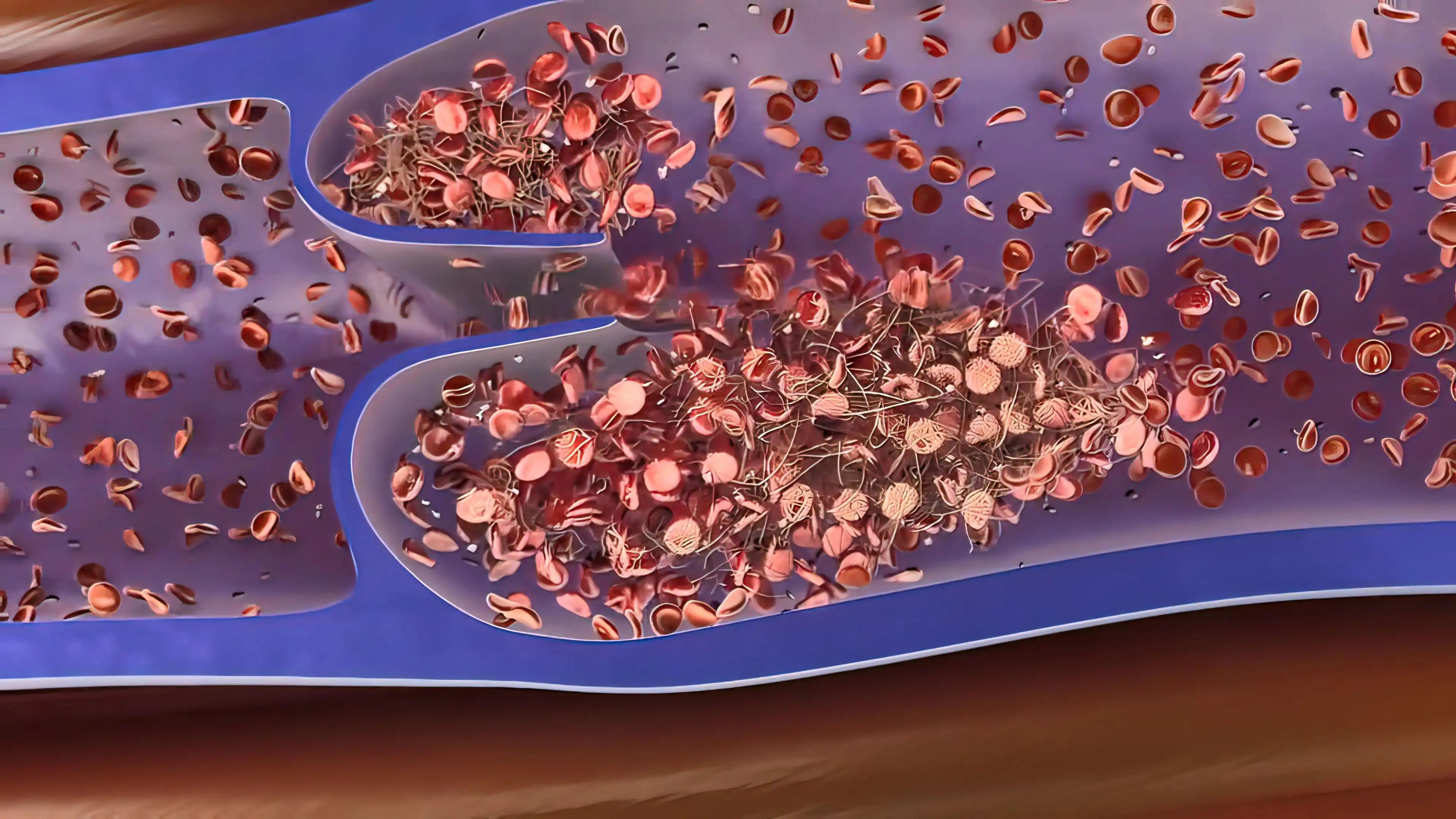KEY TAKEAWAYS
- An interventional study aimed to explore how older cancer pts and their caregivers want to be involved in medical decision-making and factors that affect their agreement.
- CPS was used to assess the shared decision-making preferences of older patients with cancer and their caregivers.
- The study found clinicians should ask patients and caregivers how they want to be involved in making care decisions.
Many patients(pts) and caregivers want to decide about cancer care together, but doctors often only focus on the patient’s preferences. Doctors should talk to pts and caregivers about their decision-making preferences to ensure everyone is involved.
Researchers aimed to explore how older cancer pts and their caregivers want to be involved in medical decision-making and the factors affecting their agreement.
The study utilized data from a national geriatric assessment (GA) cluster-randomized trial (NCT 02054741; PI: Mohile; funding NCI UG1CA189961) that recruited pts aged ≥70 with incurable cancer, their caregivers, and oncologists. Controlled Preferences Scale (CPS) was used to assess shared decision-making preferences. Both pts and caregivers were asked about the role of pts (Patient-role CPS) and caregivers (Caregiver-role CPS) in the decision-making process. Patient-role CPS options were the doctor makes the decisions, the doctor makes decisions with the patient’s input, equally shared decisions, the patient makes the decisions with the doctor’s input, and the patient makes the decisions. Caregiver-role CPS options were the doctor makes the decisions, the patient decides with the doctor, the patient and caregiver make the decisions with the doctor, and the caregiver makes the decisions with the doctor. Matching responses of the dyads for each CPS question were considered concordant. The study used descriptive statistics to summarize CPS for patients and caregivers and the concordance between them. They utilized logistic regression to assess dyads’ sociodemographic information, patients’ GA, and physicians’ practice characteristics associated with patient-caregiver CPS concordance.
Of 332 enrolled dyads with completed Caregiver Preference Survey (CPS) were included in the study. The average age (standard deviation) of patients was 76.6 (5.3) years, and caregivers were 66.6 (12.2) years old. Among pts, 39% were women, and among caregivers, 76% were women. In terms of patient-role CPS, 11% indicated that the doctor solely makes decisions, 33% said the doctor makes decisions with some patient input, 45% reported equal shared decision-making, 9% stated the patient makes decisions with some doctor input, and 2% indicated the patient makes the decisions independently. For caregiver-role CPS, 20% indicated that the doctor solely makes decisions, 18% reported that the patient makes decisions with some doctor input, 61% mentioned that both the patient and caregiver make decisions with doctor input, and 1% stated that the caregiver makes decisions with doctor input. There was moderate concordance between patients and caregivers in 46% of patient-role CPS and 54% of caregiver-role CPS. Notably, no baseline factors were associated with dyad concordance in either patient-role or caregiver-role CPS.
The study found clinicians should ask patients and caregivers how they want to be involved in making care decisions.
Source: https://ascopubs.org/doi/abs/10.1200/JCO.2023.41.16_suppl.12042
Clinical Trial: https://classic.clinicaltrials.gov/ct2/show/NCT02054741
Sofiia Hryniv, Elizabeth Gilbride, William Consagra, Supriya Gupta Mohile, Sule Yilmaz, Mary I. Whitehead, Victor G. Vogel, Tony Philip, Vincent Vinciguerra, Kaitlin Kyi, Sindhuja G Kadambi, Marielle Jensen-Battaglia, Kah Poh Loh, and Allison Magnuson. DOI: 10.1200/JCO.2023.41.16_suppl.12042 Journal of Clinical Oncology 41, no. 16_suppl (June 01, 2023) 12042-12042.



